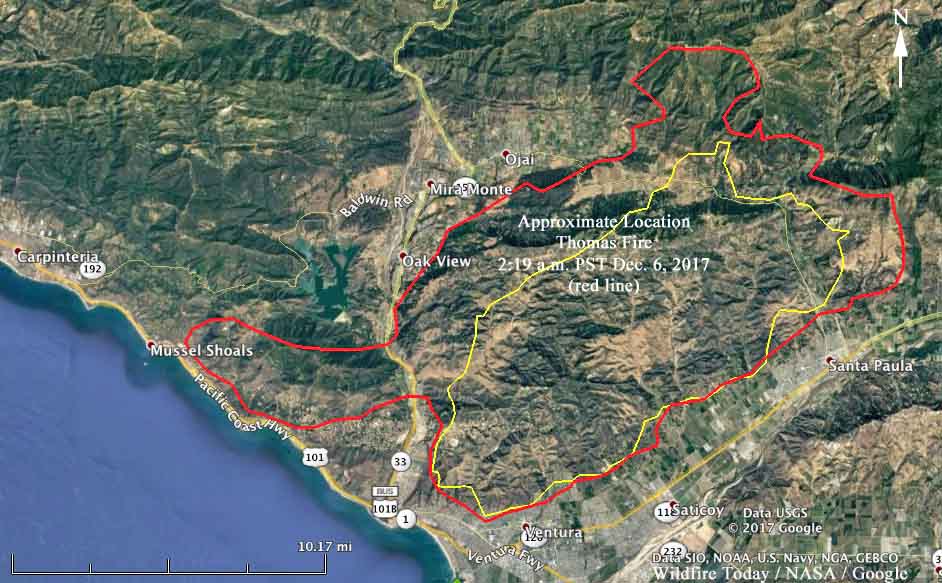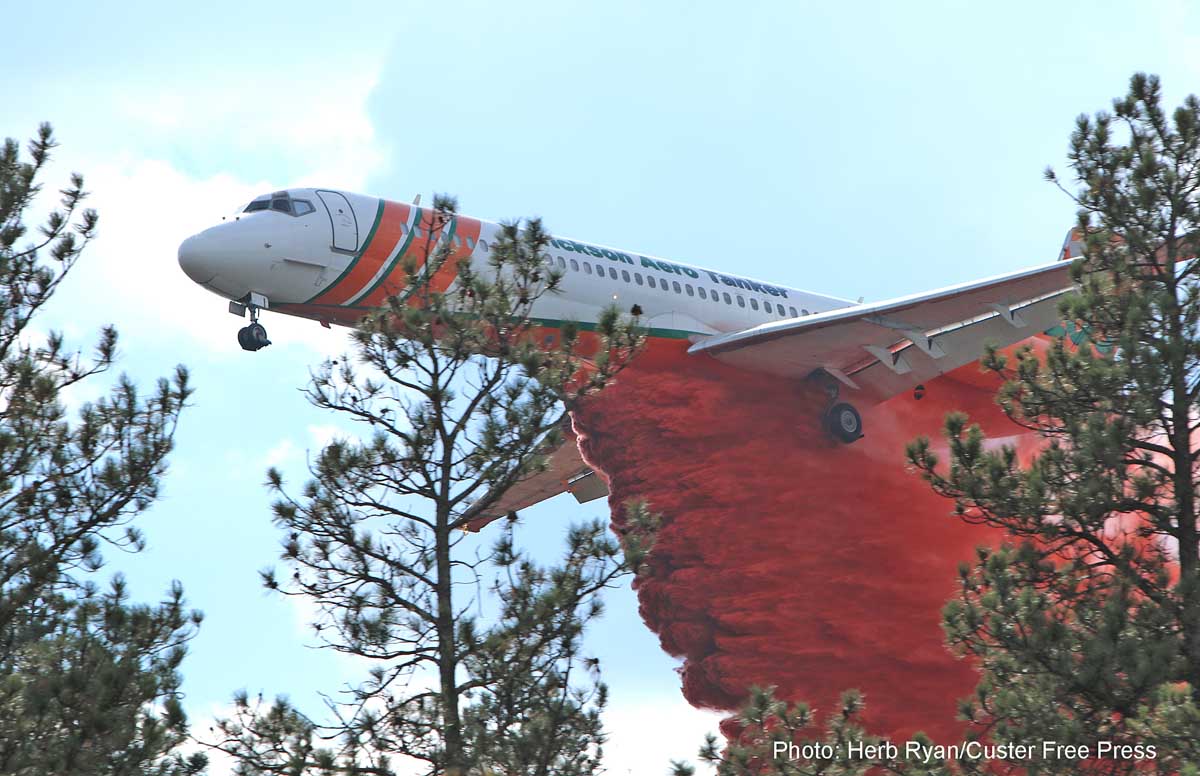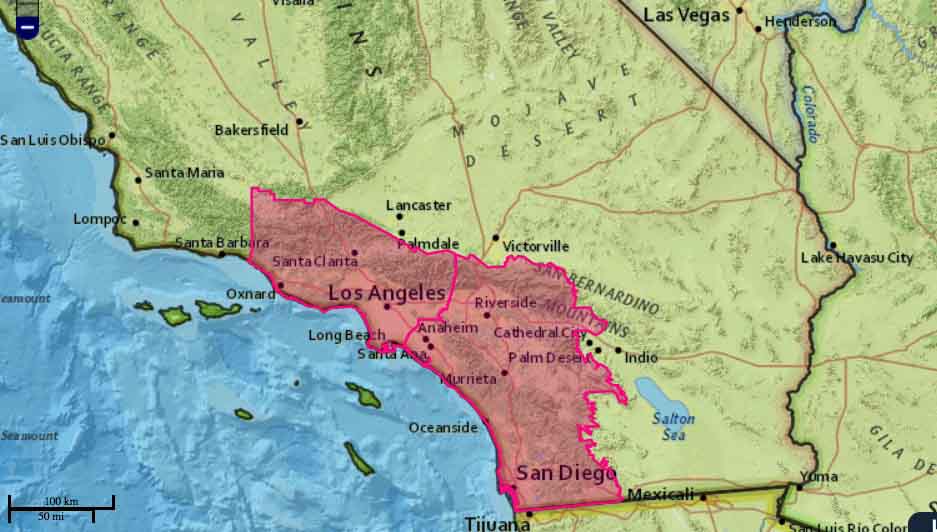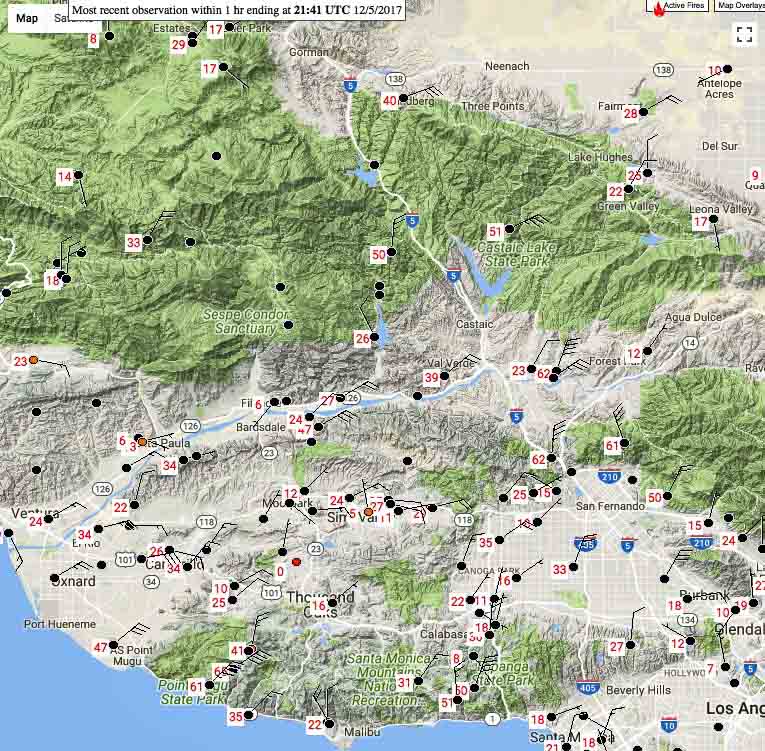
(UPDATED at 4:40 p.m. PST December 6, 2017)
The 405 freeway has reopened after being closed by the Skirball fire across the freeway from the Getty Center. Los Angeles Fire Department reported Wednesday afternoon that the fire has burned 475 acres and damaged at least eleven homes and destroyed four. Fire officials said 700 homes were evacuated near the Sepulveda Pass.

****
(Originally published at 8 a.m. PST December 6, 2017.)
A wildfire that started early Wednesday morning near the Getty Center and Sepulveda Pass has forced the closure of all lanes of the 405 freeway in Los Angeles, one of the busiest highways in the state.
The Skirball fire was reported at 4:50 a.m. and was more than an acre when the first units arrived. Live video from Los Angeles television stations have shown at least two homes with flames on the roofs near Casiano Road. Mandatory evacuations are in effect for the area.
North winds of 8 to 14 mph and a relative humidity in the low 20’s caused the fire to spread rapidly to the south.
At about 7 a.m. the reported size of the fire was 50 acres, but it may have grown significantly since then. Helicopters, scooping air tankers, and about 220 firefighters were working the fire Wednesday morning.







